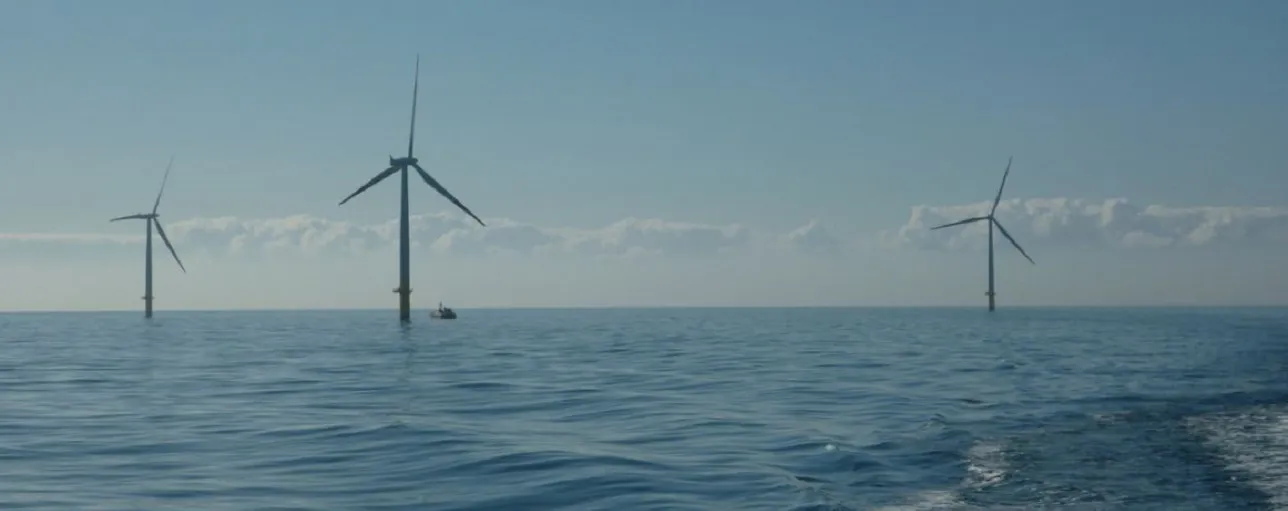Electricity production will become dominated by renewables in 2050; solar photovoltaic (PV), onshore wind, hydropower and offshore wind, in that order. These renewables together will account for 80% of global electricity production, says DNV’s Energy Transition Outlook. Germany is well underway in helping to fulfill this outlook, with offshore wind power in the German parts of the North and Baltic Sea steadily expanding.
Client’s challenge
The four transmission system operators (TSO) 50Hertz Transmission GmbH, Amprion GmbH, TenneT TSO GmbH, and TransnetBW GmbH are key players in the integration of power from renewable energy sources into the German transmission system infrastructure.
On this background, the four TSOs in Consortium, required a fast-tracked study with the objective of determining the current state of the art available on the market with respect to high-voltage cables and high-voltage direct-current power transmission technology (HVDC systems) for applications in the offshore sector. In addition, the study was to outline the prospects of the technologies and describe technical constraints of the systems.
Knowledgeable
To meet tomorrow’s energy needs, the future-proof grid will be smart, interconnected and based on a mix of different technologies for generation, transmission and distribution, delivery and control. DNV has considerable experience in helping grid operators to develop and operate future-proof grids with a comprehensive range of testing, certification and advisory services. In this specific case the customer called on our technology.
Independence and first-hand knowledge of the T&D Industry, with established and respected relationships to suppliers were important criteria from the consortium in selecting a knowledge partner. DNV met these requirements and as the scope of the project was potentially sensitive (industrial IP), our respected role in the industry gave the consortium the confidence to obtain what they needed.
Our Solution
The deliverables were prepared for the Consortium Leader (TenneT), and are available for use by all four German TSOs. We managed to establish the technology status with two HVDC Cable suppliers and two HVDC Converter station suppliers. The rating of off shore wind farms is currently 900MW. The HVDC system to connect into the onshore infrastructure is rated at 320kV. Future offshore wind farm rating is likely to be 1200MW.
Client’s benefits / Added value
DNV evaluated the feasibility to use the established 320kV HVDC for connecting 1200MW wind farms to on shore, within technical and environmental constraints. For example, in certain sea environments, cable temperature is constraint to 2 degrees Kelvin increase or decrease. In the event where technical or environmental constraints are encountered, our customer needed an outlook on higher HVDC system voltages, up to 500kV. Higher HVDC system voltage results in reduced cable current and lower cable operating temperature. From the DNV delivery on the project, our customer gained confidence for their planning of future integration of either 900MW or 1200MW rated off shore wind farms.
